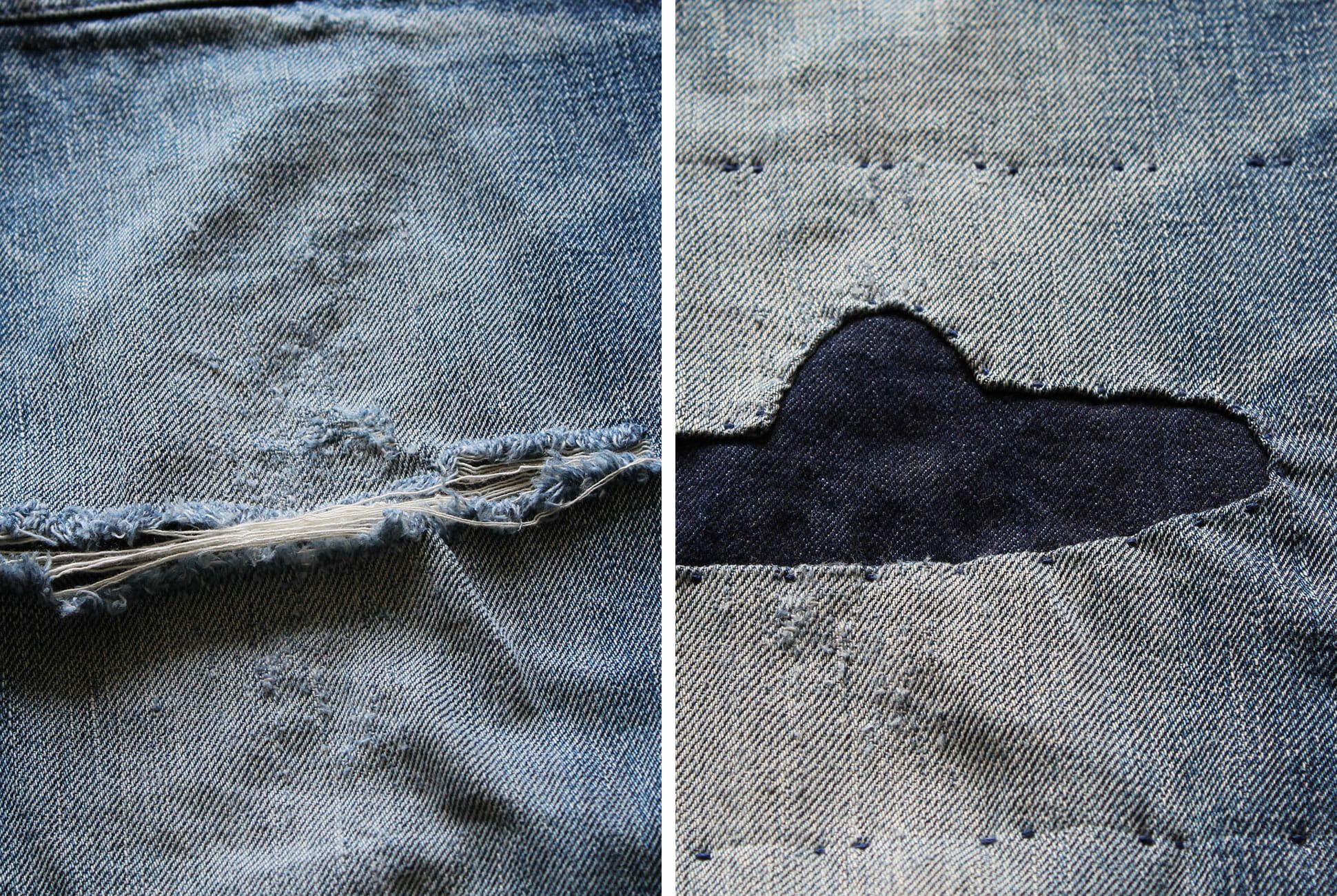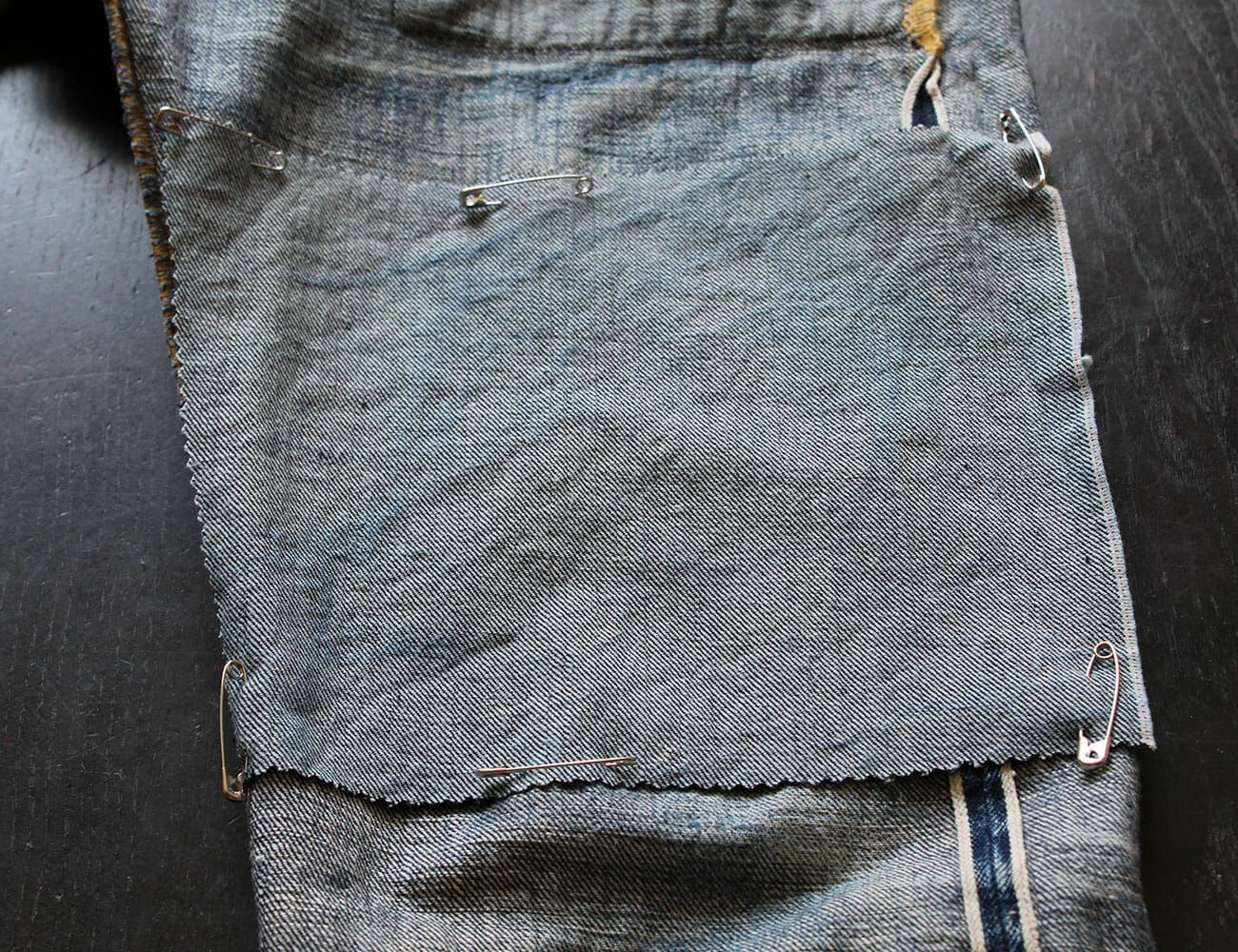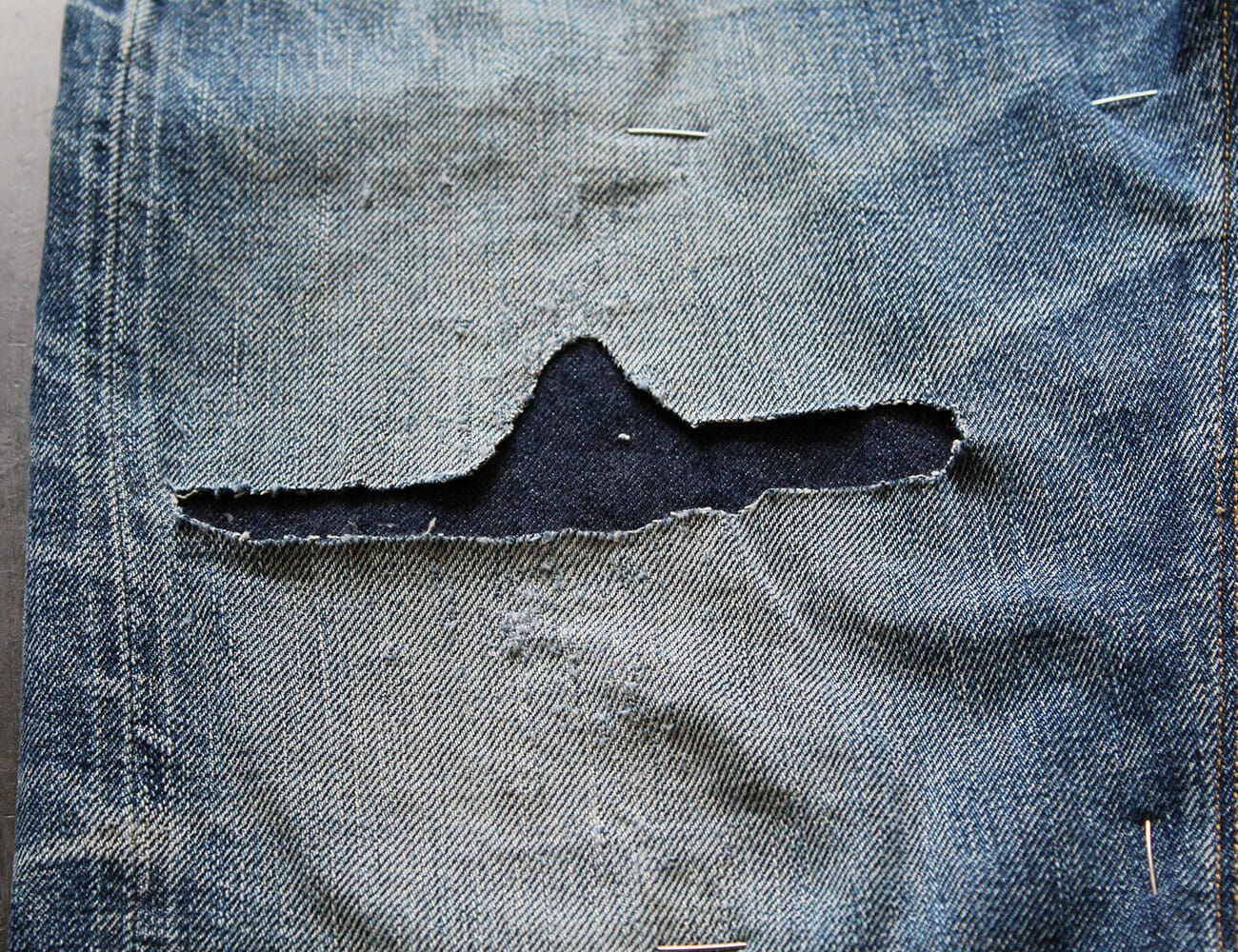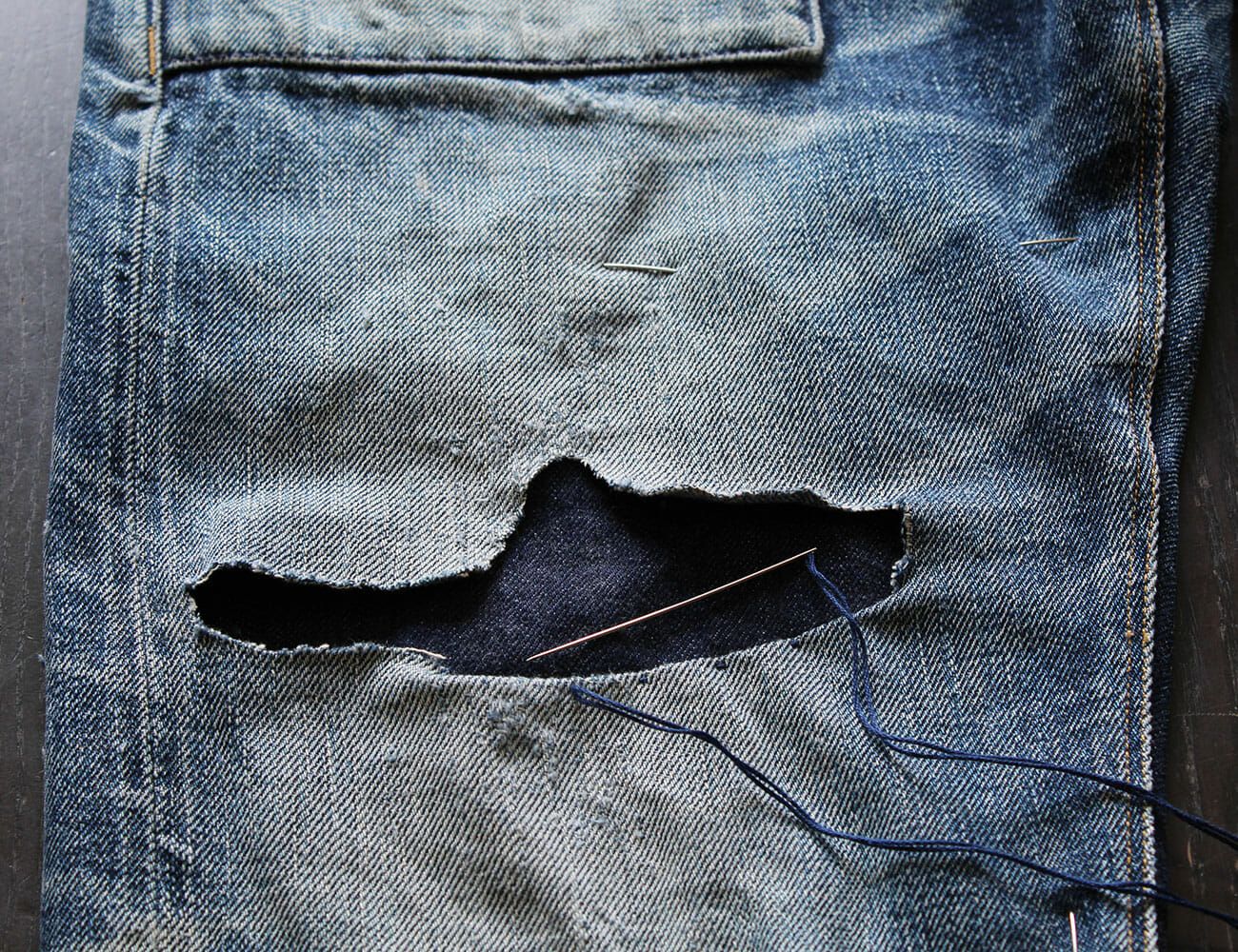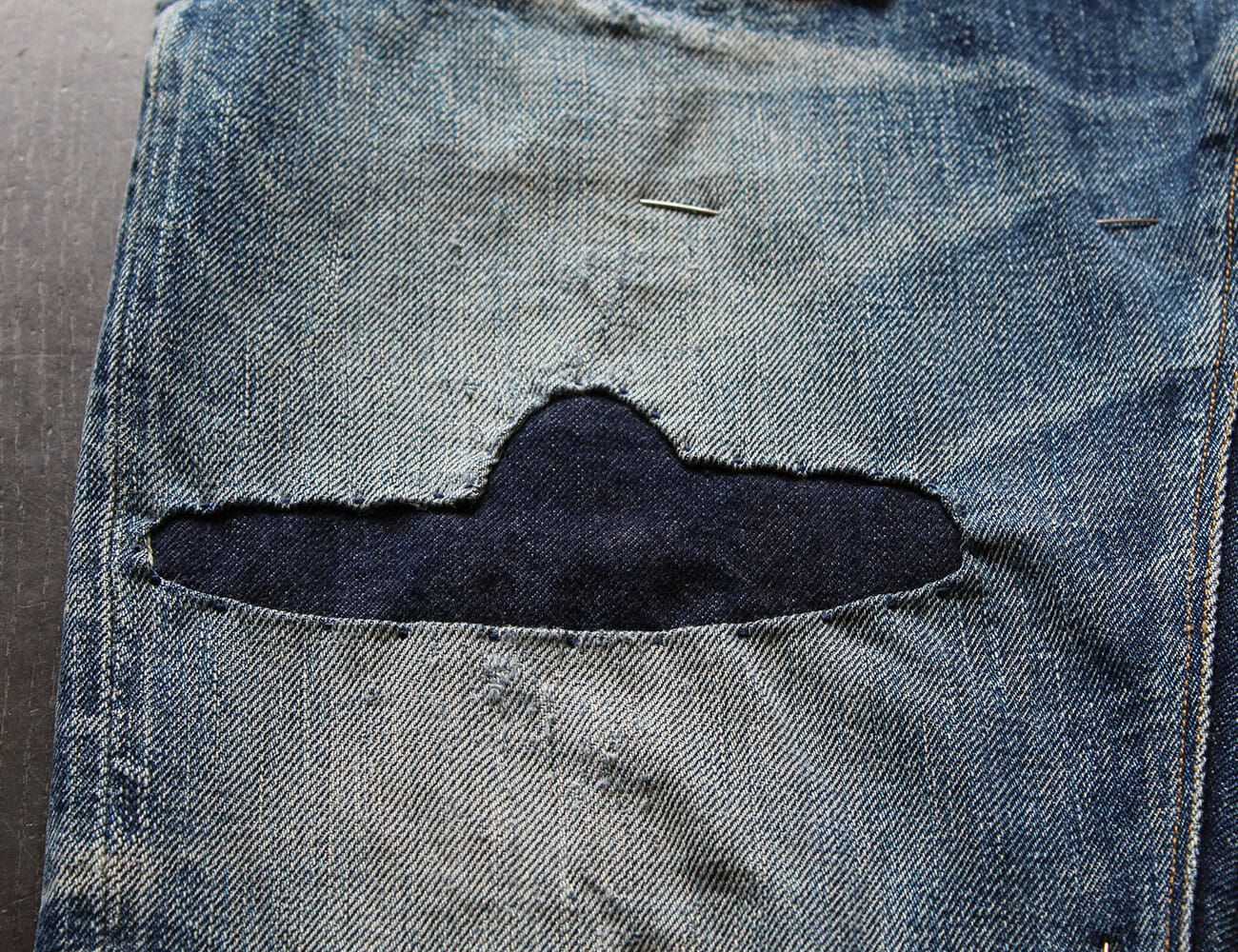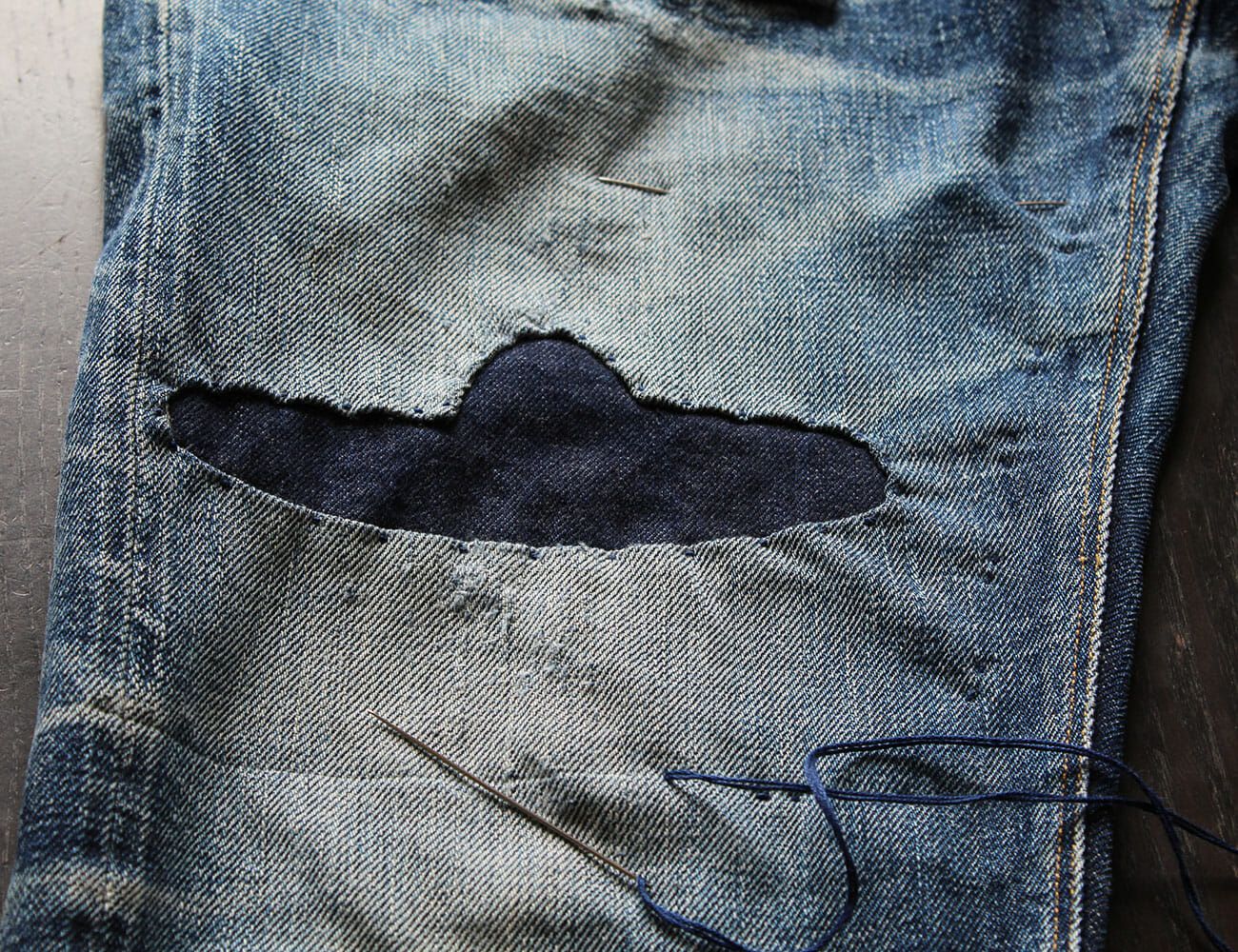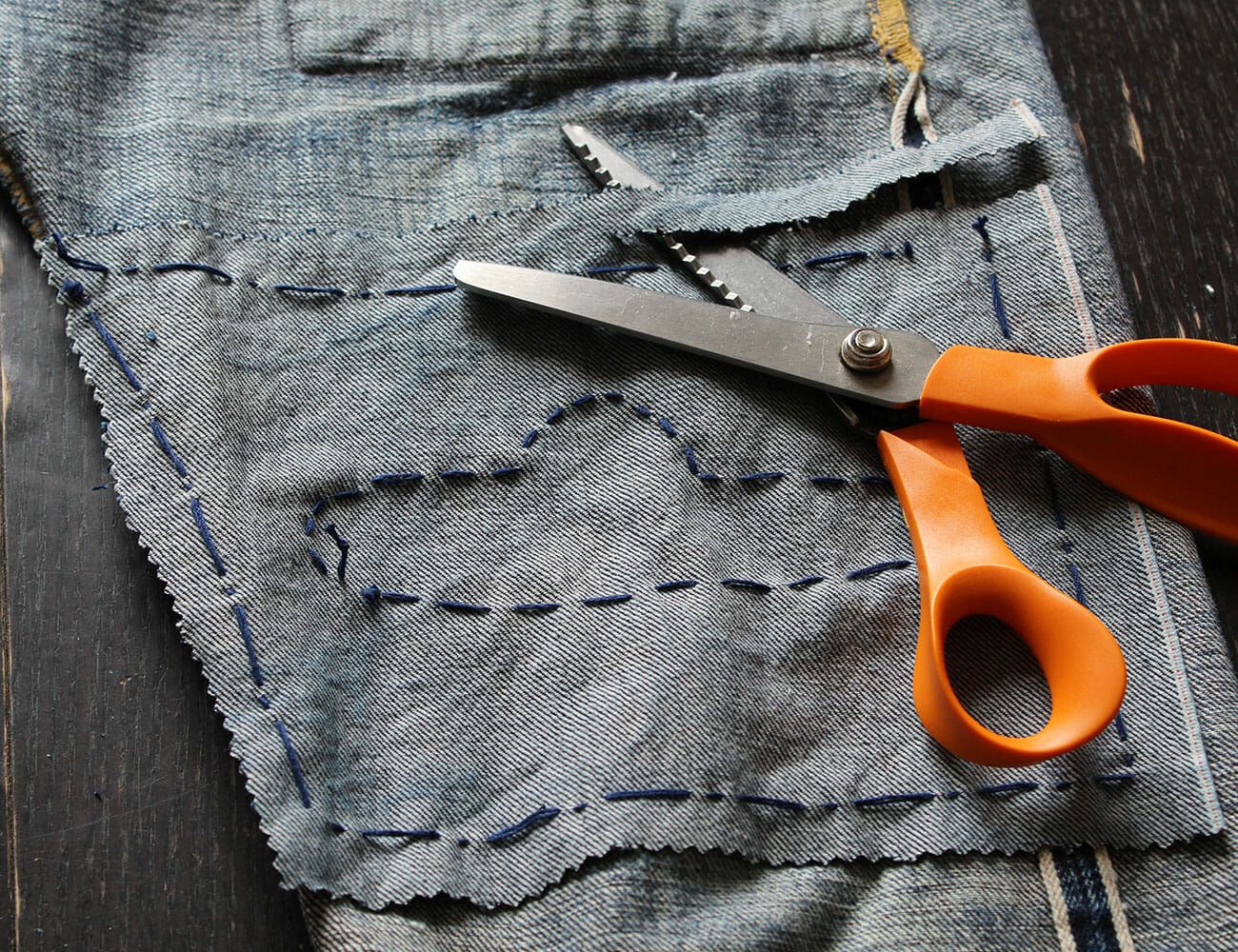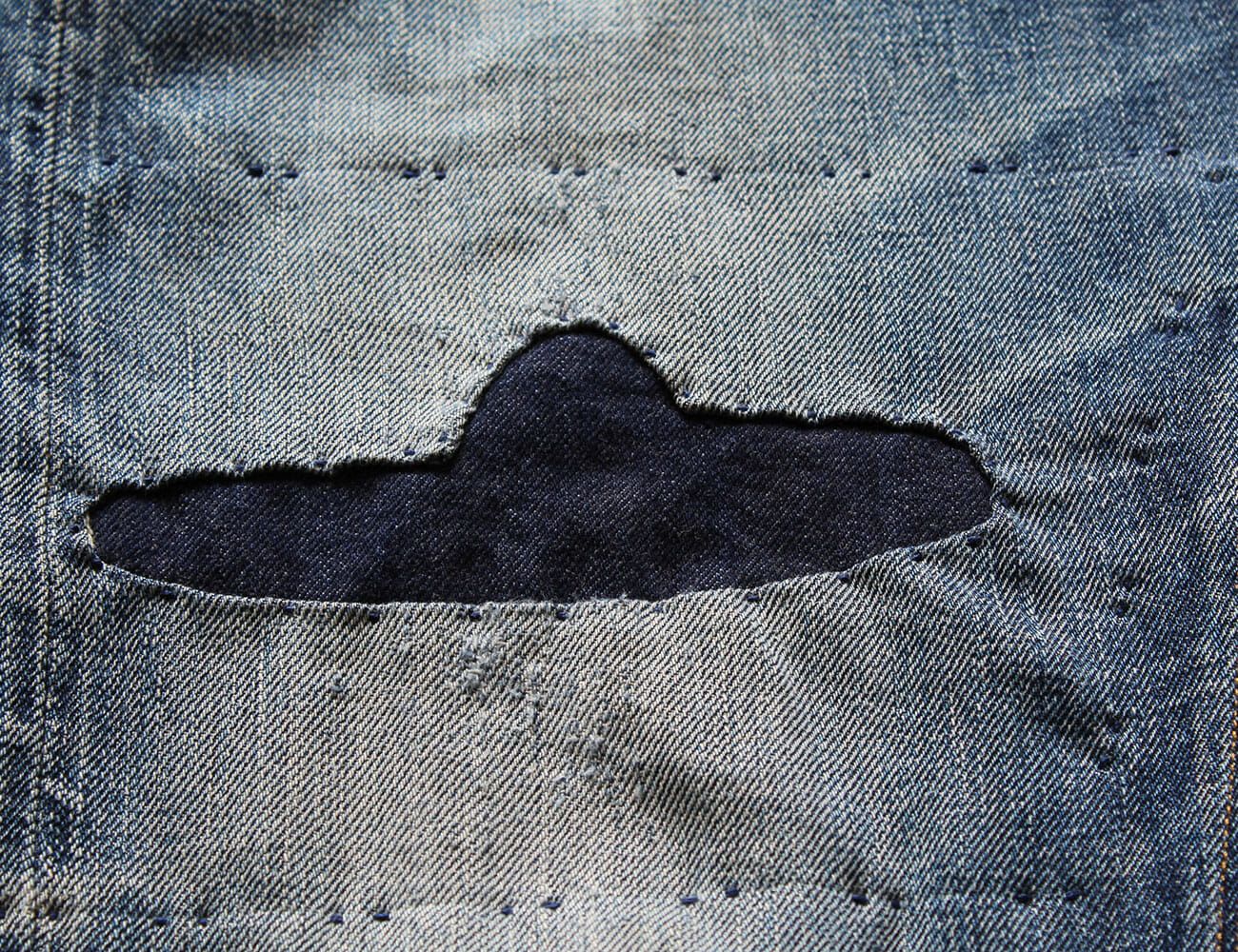If you like your clothes, you’ll wear them a lot. Like them enough and they’ll get worn out. And, if you really like your clothes, you’ll repair them. Rips and tears happen with time — it’s only natural — and mending your clothes is a good thing.
The most obvious reason is that increases the longevity of your garments. Repairing rips, tears and holes will not only keep your garments in service for much longer, but it will also prevent further damage if caught soon enough.
Mending your garments also breaks the cycle of consumption, leading to less waste in landfills. By mending a garment instead of tossing it in the bin or donating it (damaged garments wouldn’t even qualify for donations and would just get tossed anyway), you prevent it from rotting in a city dump somewhere. The amount of time and resources that go into a single garment can be staggering, so if you can prevent your clothes from going to a landfill, you can also, over time, lessen the demand for new garments and ultimately the resources needed to make them.
Repairing your clothes is also be an essential life skill. It teaches coordination and spatial skills but also reminds you to appreciate your clothes and the people who make them. By getting your hands involved in the process, you’ll better understand what it takes to make and maintain a garment. Clothes are still made by human hands and knowing your way around a needle and thread, even if it’s in a very basic sense, can help you understand the skills needed to make your favorite garment.
And at the end of the day, there’s a certain aesthetic value that a garment gains with every repair — it will become more a reflection of you. It may not be box-fresh, nor will the repairs look perfect, but clothes are made to be worn. In Japanese culture, the concept of ‘wabi-sabi’ is a view and an aesthetic that appreciates the transient and the imperfect. The patina, the patches, the imperfect stitching are what give your clothes their character, and, by extension are an expression of you and your lifestyle. Lean into it.
How to Patch Jeans
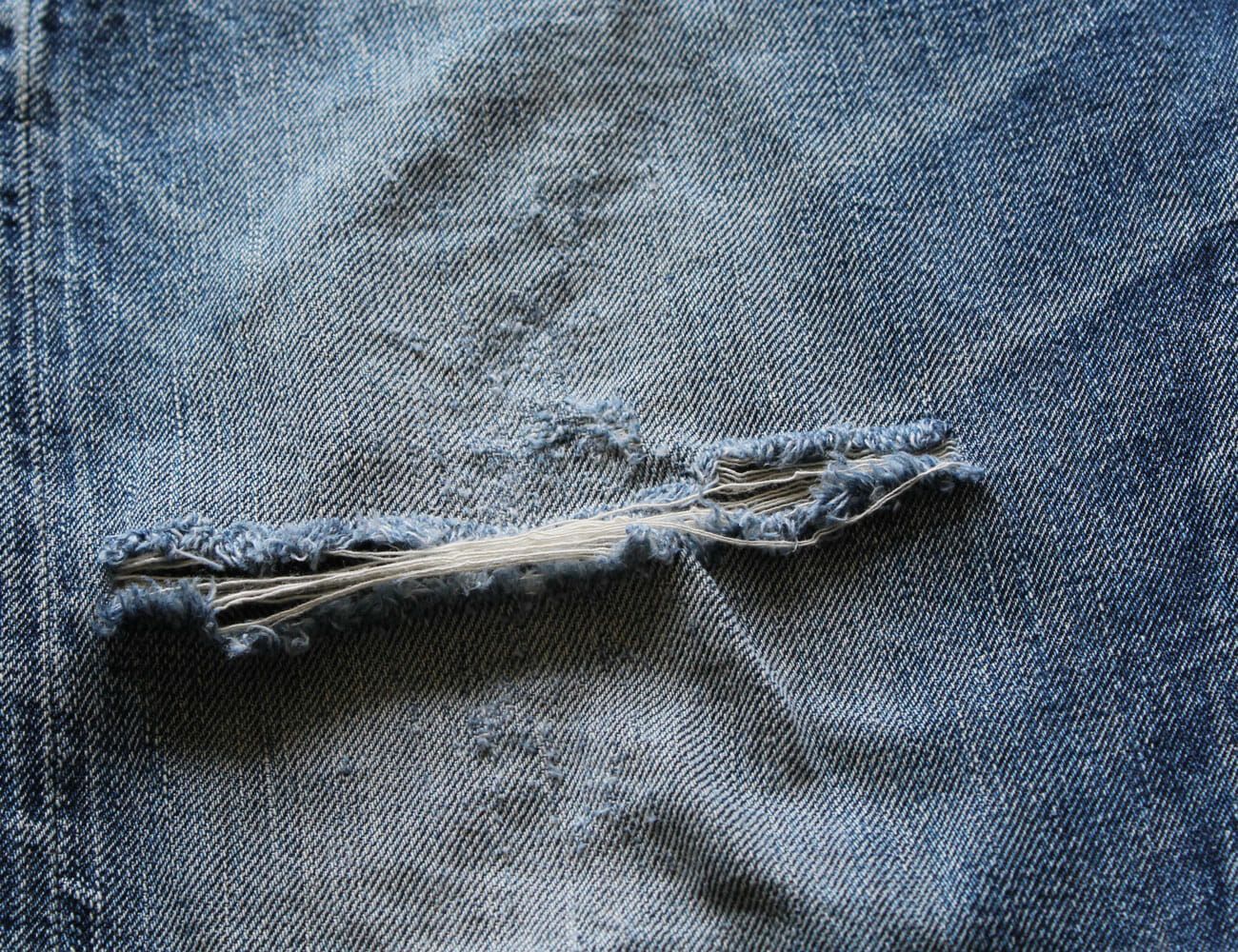
There are several ways to mend your garments, each one unique to the type of damage and fabric in question. One of the most common repairs is a patch that can be used to repair rips and holes. The following is a step-by-step guide on how to patch a hole in woven fabric explained by Matt Rho, an expert on sashiko and boro repairs.
In this example, he shows you how to patch a hole in a pair of denim jeans, but you can apply this method to other garments with woven fabric like an oxford or poplin shirt, chinos or other wardrobe-essentials.
